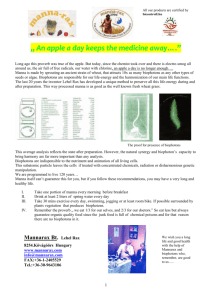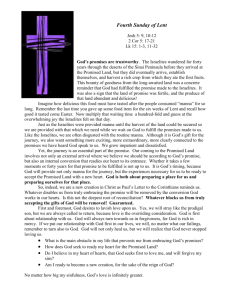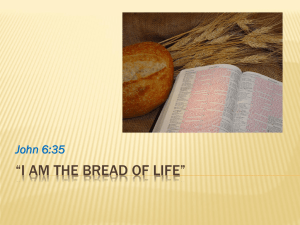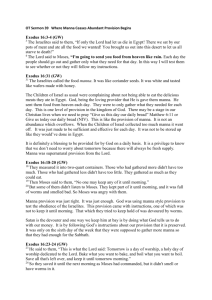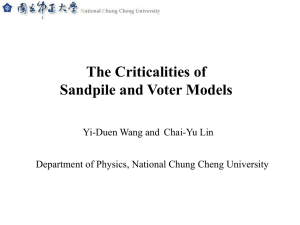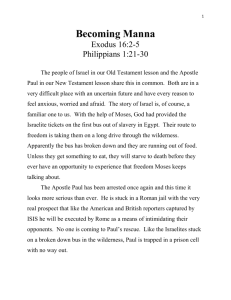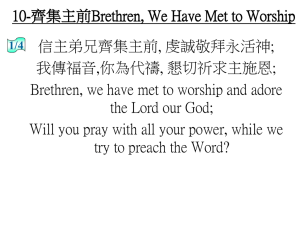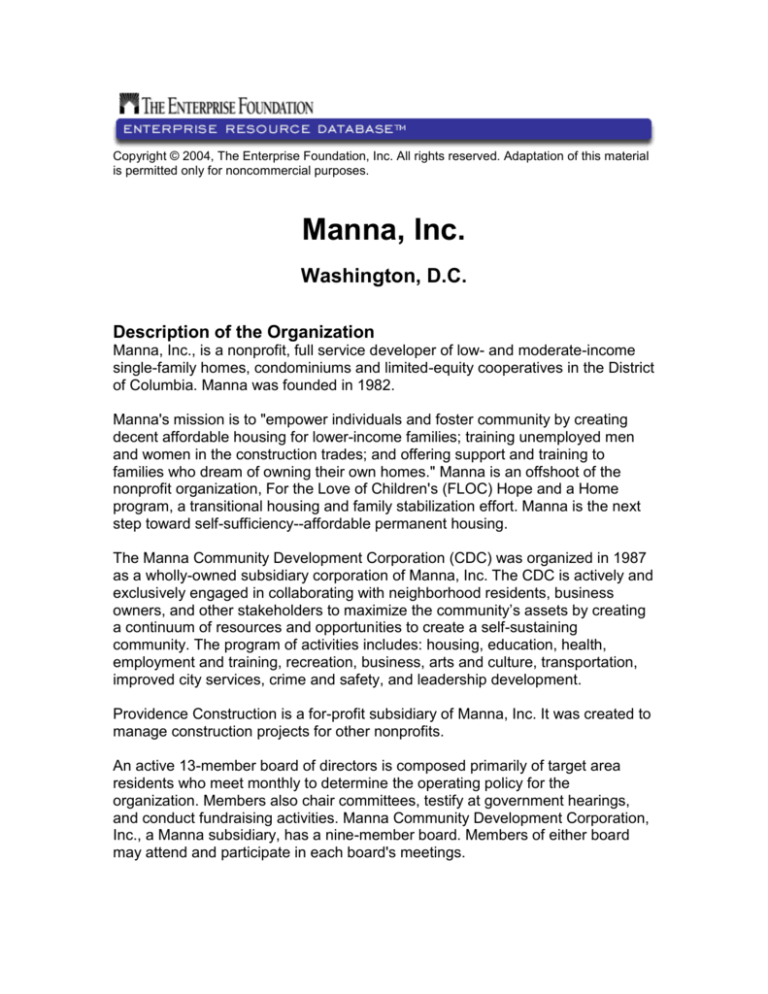
Copyright © 2004, The Enterprise Foundation, Inc. All rights reserved. Adaptation of this material
is permitted only for noncommercial purposes.
Manna, Inc.
Washington, D.C.
Description of the Organization
Manna, Inc., is a nonprofit, full service developer of low- and moderate-income
single-family homes, condominiums and limited-equity cooperatives in the District
of Columbia. Manna was founded in 1982.
Manna's mission is to "empower individuals and foster community by creating
decent affordable housing for lower-income families; training unemployed men
and women in the construction trades; and offering support and training to
families who dream of owning their own homes." Manna is an offshoot of the
nonprofit organization, For the Love of Children's (FLOC) Hope and a Home
program, a transitional housing and family stabilization effort. Manna is the next
step toward self-sufficiency--affordable permanent housing.
The Manna Community Development Corporation (CDC) was organized in 1987
as a wholly-owned subsidiary corporation of Manna, Inc. The CDC is actively and
exclusively engaged in collaborating with neighborhood residents, business
owners, and other stakeholders to maximize the community’s assets by creating
a continuum of resources and opportunities to create a self-sustaining
community. The program of activities includes: housing, education, health,
employment and training, recreation, business, arts and culture, transportation,
improved city services, crime and safety, and leadership development.
Providence Construction is a for-profit subsidiary of Manna, Inc. It was created to
manage construction projects for other nonprofits.
An active 13-member board of directors is composed primarily of target area
residents who meet monthly to determine the operating policy for the
organization. Members also chair committees, testify at government hearings,
and conduct fundraising activities. Manna Community Development Corporation,
Inc., a Manna subsidiary, has a nine-member board. Members of either board
may attend and participate in each board's meetings.
Program Overview
Manna's goal is to help low-income families achieve homeownership and
improve the quality of life in their neighborhoods through the development of
affordable housing, counseling and skills training. In support of its goal, Manna
operates two service programs: The Homebuyers Club and The Community
Building Initiative. The Homebuyers Club is an in-depth counseling and support
program for low-income prospective home buyers. Manna also has community
organizer/builder staff, who helps Manna buyers and neighborhood residents
solve such community problems as crime, difficulties with city services, etc.
Low-cost, high-quality housing is developed by using in-house staff to acquire
and renovate below-market, foreclosed or donated properties, and by obtaining
low interest, short-term financing through Manna's Capstone revolving loan fund.
Manna's projects include new construction and renovation of single-family,
multifamily, and commercial properties.
In the past two years, approximately 70 percent of Manna's redevelopment work
has been multifamily co-ops and condominiums. Manna also works with
experienced social service partners to develop transitional housing and
commercial properties. Manna then rents these properties to nonprofit
organizations that administer their own programs.
Manna sells single-family homes, condominiums and cooperative apartments
priced generally from $55,000 to $115,000 to low-income families. As of
December 1996, Manna had served over 440 families through the development
of cooperatives, condominiums, single-family houses and three commercial
properties.
Commercial ventures, such as the Anthony T. Bowen YMCA, create jobs and
provide education, training and support services for local residents. Periodically,
Manna joint ventures with other nonprofit homeless service agencies which
provide social support and transitional housing to special needs populations.
Target Population
Historically, Manna's geographical target areas have been all neighborhoods
throughout the District of Columbia. However, Manna focuses on the
neighborhoods of Shaw, Anacostia and northeast Washington.
Eighty-seven percent of persons served between 1985 and 1992 were African
American, 10 percent were Hispanic, two percent were Caucasian, and one
percent were Asian. Seventy-three percent of families were female-headed
households.
Selection criteria for purchasers are determined in accordance with regulations
established by Manna's original charter and funding sources. These sources
2
include The District of Columbia Department of Housing and Community
Development Home Purchase Assistance Program and the U. S. Department of
Housing and Urban Development's HOPE III Program.
A selective screening process gives priority to families with a high probability of
obtaining and supporting a mortgage. Families must demonstrate good credit
and income eligibility; Manna refers ineligible families to its Homebuyers Program
for home purchasing assistance.
Building Features
Manna develops a variety of properties, including single-family homes,
condominiums, market rate and limited-equity cooperatives, and transitional
housing. A unique feature of Manna is the ability to use in-house staff to conduct
all development functions. These include acquisition, project development,
design, construction, marketing, and training.
Manna's design and specification guidelines define the general housing
characteristics and standards used to produce affordable housing units. These
guidelines specify that all units must have one to three bedrooms (sometimes
four in multi unit buildings), a living room, a dining room, a kitchen, one bath for a
single-story two- to three-bedroom house, two baths for any four-bedroom house,
one and one-half baths for any two-story house wider than 16 feet, storage
closets, a laundry closet for washer and dryer, a porch for single-family homes,
decks for multifamily houses, if possible, and a landscaped front yard for singlefamily homes. Single-family homes generally range in size from 1,050 to 1,400
square feet; apartments from 920 to 1,520 square feet and multifamily units from
756 to 1,200 square feet.
Support Services
Homebuyers Clubs
Manna organized its Homebuyers Club in 1986 as a counseling and training
center for low-income prospective homeowners. The club's goals are to promote
homeownership and to build self-esteem, confidence and a strong sense of
community. Classes are available in financial planning, home purchasing and
basic home maintenance. Membership in the club is not mandatory for
individuals purchasing Manna homes, nor is it mandatory for club members to
purchase a Manna home. Two-thirds of Homebuyer Club graduates purchase
homes from sources other than Manna.
Club members are assisted with: obtaining a credit report, developing a personal
budget and setting and working toward financial goals. The second stage of the
process helps members save for a down payment, reduce personal debt,
address personal credit problems, apply for down payment assistance, shop for a
3
home, apply for a mortgage and purchase a home. Continued membership is
encouraged as a means of building a supportive network of experienced home
buyers for the benefit of prospective homeowners.
New Community Church
Manna's founder is also the minister of New Community Church and
Neighborhood Center. The founder established the Church and Manna
simultaneously and located them on the same property. While there is no legal
link between Manna and the church, there is considerable cooperation in
programming and referrals. The church operates many programs for the
community including CARE, a program for seniors, and an after school
educational enrichment program for children with learning difficulties and their
families. Other community services use the church as a meeting place. These
services include: the Academy of Hope, a branch of an adult literacy program;
Alcoholics and Narcotics Anonymous; Young Life and a local neighborhood
association. The church also has an apartment that it rents to recovering addicts.
Management Structure and Policies
Manna's property management coordinator works extensively with Manna's
cooperative and condominium associations, lease purchase and rental properties
to provide assistance with property management services to recent buyers and
tenants. Transitional housing properties are managed by private management
subcontractors for a set fee. Community organizing/building and case
management services are also provided to purchasers and tenants on an as
needed basis.
Marketing and Sales
The marketing staff identifies and tracks low-income families who express an
interest in homeownership. These families are interviewed by the staff and
evaluated for affordability. Pre-qualified candidates are referred to the
Homebuyers Club for further assistance.
Marketing specialists determine the criteria for screening and selecting program
participants on a case by case basis. For larger multi unit developments, Manna
often adopts a written set of marketing criteria. These criteria are proposed by
the marketing specialist and approved by the director of marketing.
Community Relations
Manna includes comprehensive community activities, like building, leadership
development, and organization. The Shaw neighborhood's history of community
activism and neighborhood improvement activity set the stage for positive
community relations. Manna's and New Community Church's grassroots activism
helped build community support and lessened opposition. In turn, the community
4
has shown support by investing in the Capstone Revolving Loan Fund and by
volunteering to work on Manna projects.
Gentrification and competing visions (exclusive v. inclusive) in the Shaw
neighborhood has brought about some opposition from residents who support
upscale development. This opposition has resulted in law suits; zoning delays;
pressure on local lending institutions and city government, which support Manna
projects; and political pressure. Manna's response has been to support balanced
development in the community, with special emphasis on assisting lower-income
people to remain in the neighborhood and become active "stakeholders" and
owners of the community.
When possible, Manna purchases several units in the same block and legally
joins the purchasing families into an association. One association, Victory Way,
is incorporated as a condominium association. Association members continually
enhance the financial position of the condominium and improve their
neighborhood. By volunteering for responsibilities typically handled by hired staff,
the association was able to install fences in the front yards. In addition, a
cooperative effort with the local police has significantly reduced crime in the
community.
Staffing
Due to recent organizational changes, Manna has restructured its top staff
positions from a "co-director" model to a chair of the board and chief executive
officer model. Manna's organization consists of eight departments:
Administration, Community Building, Construction and Design, Corporate
Development, Homebuyers Club, Marketing, Project Development, and Property
Management.
Volunteers from the New Community Church, local businesses, churches, and
civic groups assist Manna staff with construction, demolition and landscaping
projects. Volunteers donate approximately 160 work hours per month.
Costs and Sources of Funding
Development
Manna's first construction loans were financed by the Local Initiatives Support
Corporation, American Security Bank, Sovran Bank and the Capstone Fund.
Loans are now primarily financed through a variety of (for-profit, nonprofit, and
government) traditional and nontraditional lending institutions.
The Capstone Loan Fund, currently capitalized at $2.1 million, provides shortterm financing for the development of affordable housing. The Capstone is a
revolving loan fund financed with loans and contributions from individuals,
5
churches, private foundations, businesses and mutual funds. Loans account for
55 percent of the fund and are borrowed at an average interest rate of 3 percent
with terms ranging from payment upon demand to five years. The Capstone
Fund is repaid by proceeds from the sale of Manna property. These proceeds are
then reinvested in new projects. The Capstone makes cost-effective
development possible by making ready capital available at favorable terms.
Another example of creative financing is demonstrated by two local churches that
pledged their property as collateral to secure construction loans for Manna.
The average cost of development for three- and four-bedroom, single-family
homes is between $75,000 and $95,000 per unit for gut rehabilitation, and
between $60,000 and $140,000 per unit for new construction. Two- and threebedroom condominiums and cooperatives average $55,000 to $70,000 per unit
for gut rehabilitation, and $75,000 to $90,000 per unit for new construction.
Units are sold for $55,000 to $110,000 in an area with a median sale price of
$160,000. Lower prices are made possible through second mortgage programs
funded with a combination of Community Development Block Grants and city
revenues. The District of Columbia's Home Purchase Assistance Program
(HPAP) serves families earning between 50 percent and 80 percent of median
income, and the Very Low-Income Purchase Assistance Program (VPAP) serves
families earning less than 50 percent of median income. Down payments range
from $500 to 5 percent of the unit's sale price. Because these programs reduce
the loan-to-value ratio to less than 70 percent, mortgage insurance is not
required. Typically, mortgages are amortized over 30 years at an average
interest rate of seven percent. Mortgages are financed by Intrust, First Union
Bank, Signet Mortgage Corporation and Independence Federal Savings and
Loan among others.
Operations
Operating expenses for FY 1996 were $4.1 million with a total income of $4.2
million. Operation is funded by individual gifts and donations from private
foundations (31 percent), the sale of homes (62 percent), and government
programs (seven percent).
Fundraising is done primarily through direct solicitation of private foundations,
corporations, churches, and individuals. Special events, such as house raisings
and grand opening celebrations, help increase individual donations and promote
the concept of affordable housing.
Results
Program success is measured by: the number of settlements per year; the
number of persons served; the increase in neighborhood values; the number of
foreclosures; the number of Homebuyers Club graduates; continued relationships
6
with lending institutions; the number of joint ventures with other nonprofit
organizations; aesthetic improvements to target areas and overall improvement
in the demographics of an area.
As of December 1996, Manna had developed almost 500 housing units and three
commercial properties. Four hundred of the housing units are multifamily and 76
are single-family. The multifamily units include 105 limited-equity cooperatives,
182 condominiums, 53 transitional rental units, 37 permanent rental units, 27
lease purchases and six market cooperatives.
Approximately 500 families have been served, with 33 percent of Homebuyers
Club members purchasing homes through Manna. There have been two
foreclosures; one condominium unit and one 10-unit limited-equity co-op. Manna
worked with one original lender of the co-op to restructure financing and remarket
the 10-unit co-op. That effort has been very successful.
One of Manna's greatest accomplishments is the restoration of the historic
Whitelaw Hotel located in the Shaw neighborhood. The hub of African-American
society during the 1920s and 1930s, this landmark began to decline in the 1960s
along with the neighborhood. Manna, with the assistance of the D.C. Housing
Department, community residents and many financial partners, renovated the
hotel, which now houses 35 families and a historical display in the Ballroom.
Homeowner satisfaction and success are measured by the number of items on
the final home inspection punch list, the number of call-backs received from
homeowners after settlement, and the exterior condition of homes.
The primary concerns expressed by home buyers are crime, safety and quality of
life issues in their neighborhoods.
Comments
The causes of the overall success of the program are three-fold: first, a
committed, skilled staff working in unison with the community to fulfill a vision of
homeownership and neighborhood improvement for lower-income persons and
families; second, motivated hard- working participants; third, a supportive public
and private sector community, which helps finance the operations. The
foundation for a successful program lies within the community; Manna provides
the necessary tools to achieve that success.
The Neighborhood Reinvestment Corporation, Fannie Mae and others are using
the Homebuyers Club as a model throughout the country.
7
Contact Information
Jim Dickerson, Chairman,
or
George Rothman, CEO
Manna, Inc.
614 S Street, NW
Washington, DC 20001
Phone: 202.232.2915
Fax: 202.667.5196
8

